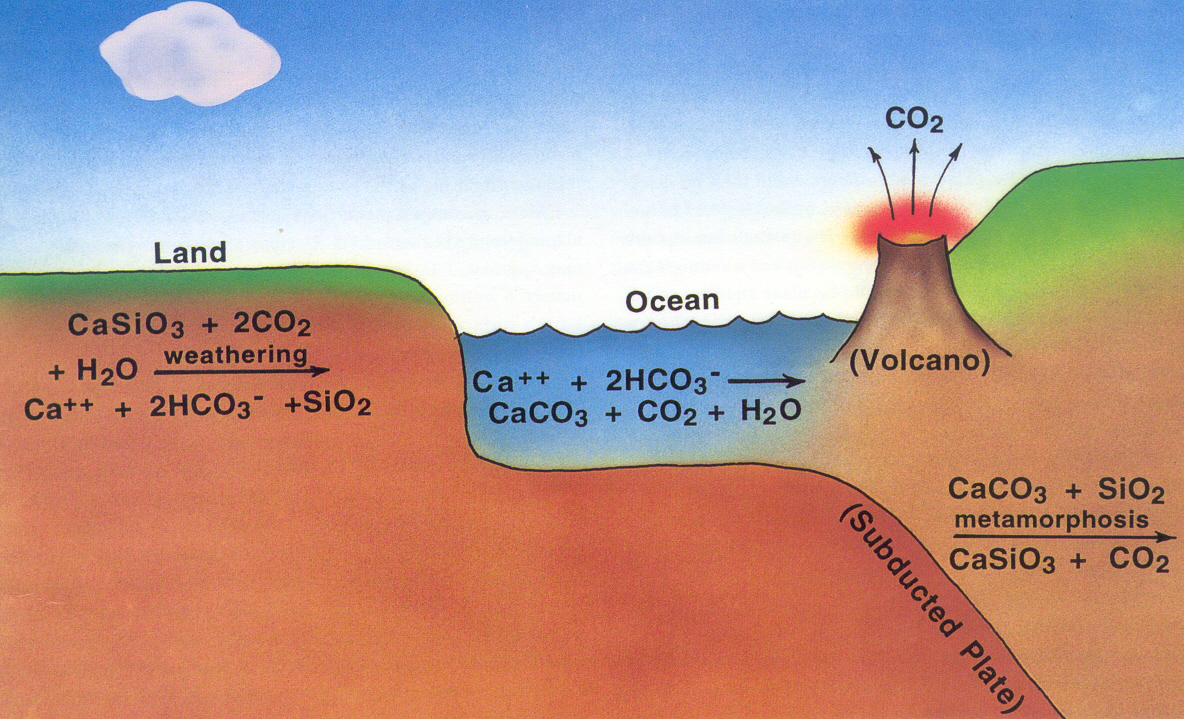A new study shows that life on Earth won’t disappear within the next billion years, as has been thought until now. An increase in the Sun’s brightness may have a rather weak effect on geochemical processes.

Extinction of life on Earth
Life on the surface of the Earth may last much longer than previously thought. Such conclusions, at least, are made by researchers from the University of Chicago, whose article recently appeared on the arXiv preprint server.
We are talking about the luminosity of the Sun. As we know, it is about 5 billion years old and is in the middle of its life cycle, at the end of which it will turn into a red giant and “swallow” the Earth. However, the amount of energy our planet receives from it is already increasing.
It is known that the Sun’s luminosity has already increased by 30 percent since its formation. And in a billion years, it is expected to become so strong that life on our planet will not be possible at all. The point is the numerous geochemical cycles closely connected with the biosphere.
One of them is the carbon-silicate cycle. Its essence is that carbon dioxide penetrates into silicate rocks, combines with them and breaks giant blocks into small pebbles, which then fall to the ocean floor and are buried there until different processes release carbon from them.
The carbon-silicate cycle plays an important role in regulating the amount of carbon dioxide on our planet. However, if the temperature is increased, these reactions may be too efficient. Carbon dioxide will simply disappear from the atmosphere, and green plants will be left without it.
Carbon dioxide and life on Earth
We could, of course, scoff that the terrible carbon dioxide, whose emissions we’re all trying to reduce, could destroy life by its absence. However, if we remember that oxygen is extracted from it by plants in the process of photosynthesis, matters become less cheerful. Without flora, the fauna will quickly perish.
Now scientists say that this will not happen in a billion years. All preliminary estimates of increased efficiency of carbon-silicate cycle processes, according to their data, are not correct. Thus, life on our planet will not be lost during this timeframe.
It will last another 1.6 to 1.86 billion years. And the increase in the Sun’s activity will kill it. It takes so long for the increase in temperature to trigger the “wet” greenhouse effect. The water vapor content of the atmosphere would increase spasmodically, and it would become so hot that green plants and much of the biosphere would not survive it.
According to phys.org


